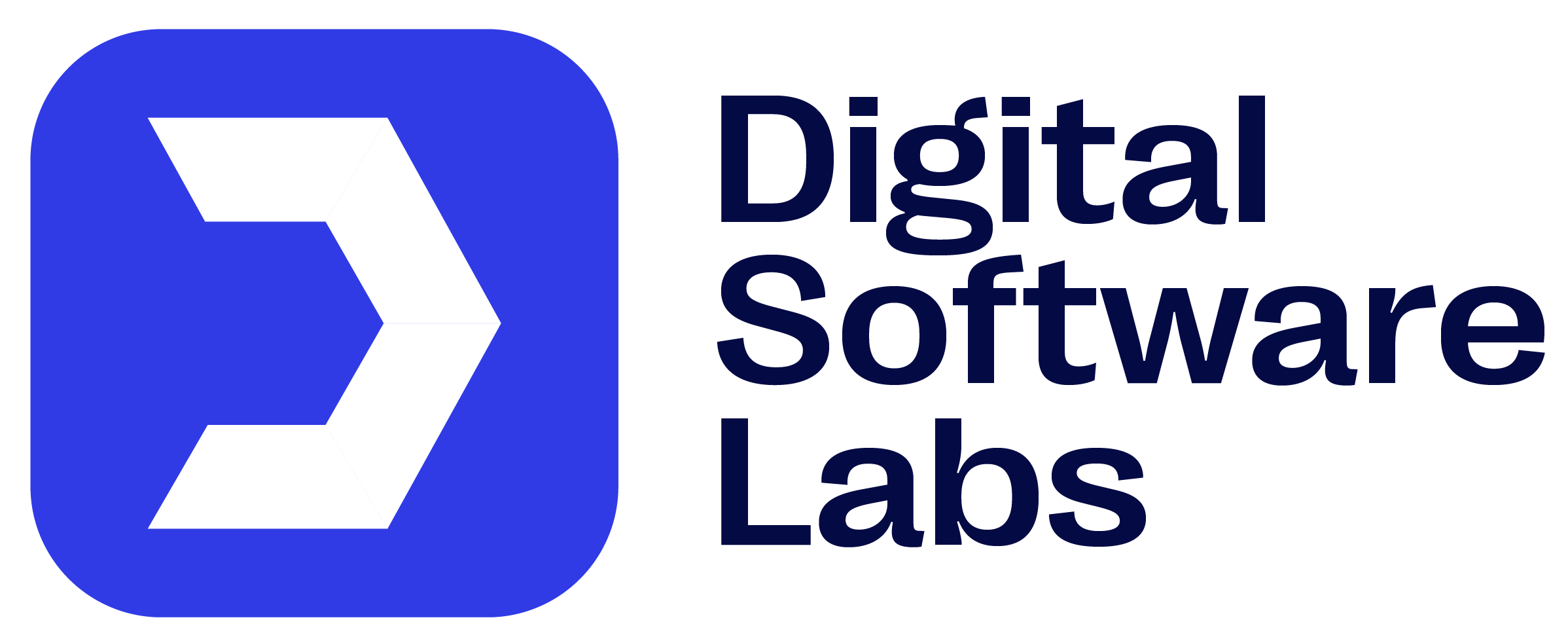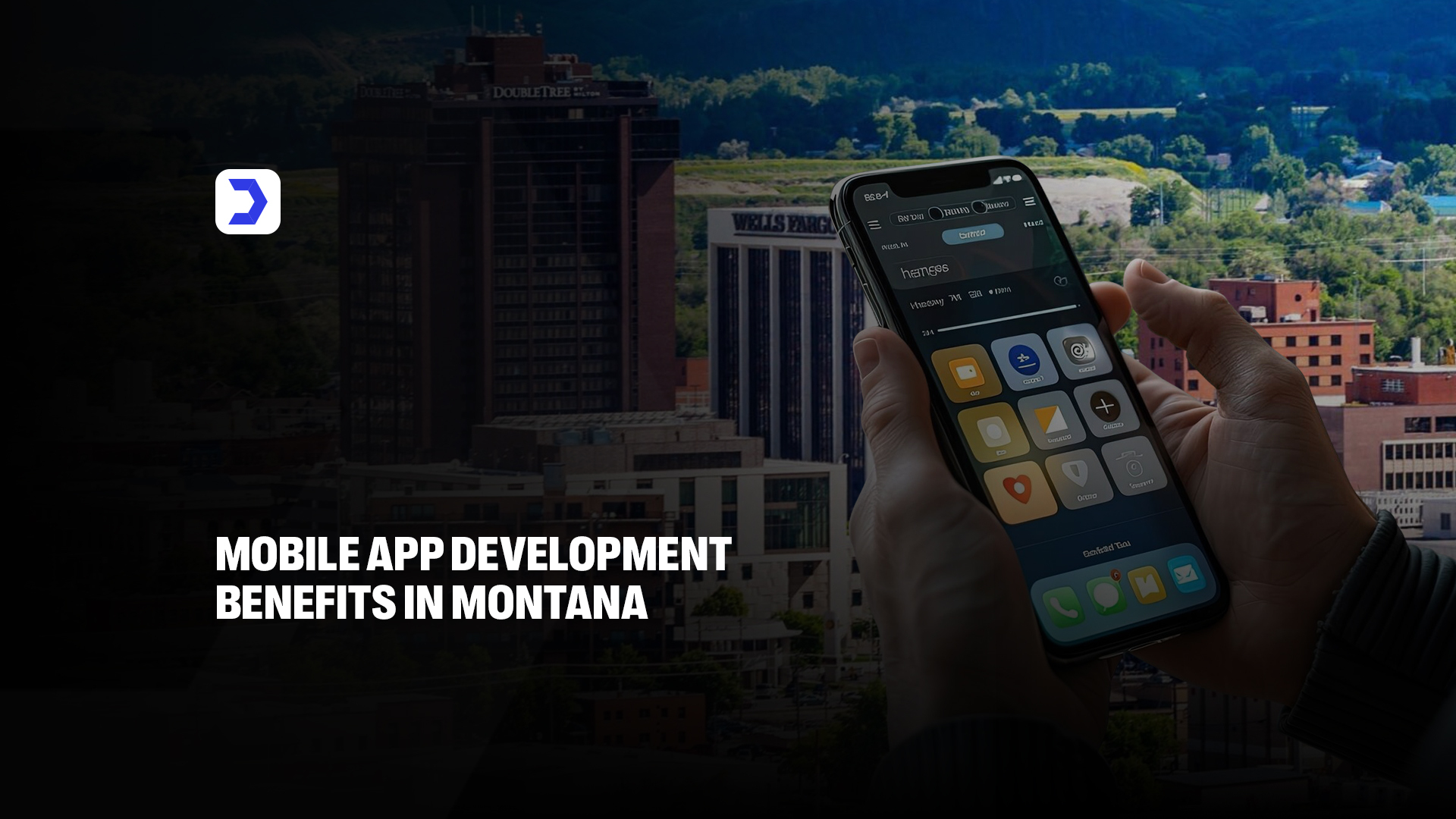The company’s website acts as its presence and principal point of contact with customers. Organizations must understand what is web development and design? to create visually appealing, effective, and user-friendly websites. These two interconnected disciplines are critical for designing sites that attract visitors and drive business success. In this post, we’ll explore the distinctions between web design and development and how they work together to create seamless web experiences.
What Is the Difference Between Web Design vs. Web Development?
While web design and development are frequently used interchangeably, they refer to different parts of constructing a website. What is difference between web design and development? Web design shapes a website’s appearance and user experience, while web development brings that design to life through coding. Both are essential for creating a great website, but they focus on different components of the process.
1. Web Design
Web design describes a website’s visual and aesthetic features. It focuses on a website’s appearance and how users interact with it. A web designer aims to produce an intuitive, engaging, visually appealing user experience.
Key Components of Web Design:
· Layout Design: Organizing website elements to ensure readability and easy navigation.
· Color Schemes: Choosing colors that align with the brand identity and evoke the desired emotional response.
· Typography: Selecting fonts that promote readability and match the brand tone.
· Responsive Design: Ensuring the website looks great and functions well on all devices, including desktops, tablets, and smartphones.
· Tools Used in Web Design: Designers often use software such as Adobe XD, Figma, and Sketch to create mockups and prototypes.
2. Web Development
Web development focuses on creating and maintaining a website’s technical foundation. Coding and programming are required to make a design functional and interactive.
Key Components of Web Development:
- Frontend Development: Converts the visual design to code using HTML, CSS, and JavaScript. This guarantees that users interact with the site as intended.
- Backend Development: This role handles the server, database, and application logic that power the website. It includes managing user authentication, data storage, and dynamic content.
- Full-Stack Development: Combines both frontend and backend development to create end-to-end solutions.
Tools Used in Web Development: Developers often rely on tools and frameworks like React, Angular, Node.js, Django, and Laravel.
Web design and development transform a concept into a fully functional, user-friendly website.
What Does a Web Design and Development Agency Do?
A professional web design and development agency specializes in designing websites for a company’s specific aims and target audience. These agencies provide a wide variety of services, including:
- Website Strategy and Planning: Analyzing business objectives, target audience, and rivals to create a plan for the website.
- Custom Web Design: Creating a unique and visually appealing design that reflects the brand’s identity.
- Development and Coding: Implementing the design using modern programming languages and frameworks.
- SEO Optimization: Ensuring the website is optimized for search engines to improve visibility and attract organic traffic.
- Website Maintenance: Providing ongoing upgrades, performance monitoring, and technical assistance to ensure the site runs properly.
- Content Management System (CMS) Integration: Implementing CMS solutions such as WordPress or Shopify can help businesses easily manage their own content.
At Digital Software Labs, we offer end-to-end web design and development solutions that empower businesses to succeed online.
Learn More About Web Design and Web Development
Understanding web design and development is critical for establishing a robust digital presence. These disciplines determine how a website appears, feels, and functions. Here is why they matter:
- Web Design: Focuses on creating a strong first impression and ensuring the site is user-friendly and visually engaging.
- Web Development: Ensures the site is functional, fast, and secure, enabling smooth user interactions.
Combined, these elements deliver a seamless digital experience that meets business objectives and user expectations.
Web Design and Development
Web design and development ensure that a website not only
looks great but also functions effectively. This guide highlights the essential
elements of web design and development, touching on the differences and
offering insights into what makes a successful website. Backend
development services are a key component, handling the server-side
functionality that supports the website’s features, ensuring smooth
performance, data management, and integration with other systems.
Web Design Elements
Layout and Design
The layout is the foundation of any website design. A clean,
intuitive layout allows users to navigate your site easily. The arrangement of
content, such as headings, images, and buttons, should be done in a way that
directs users to the most important information. Companies experienced in web
design and development, especially those offering app development Jacksonville
FL services, understand that a well-organized layout creates a seamless user
experience and supports both branding and technical goals.
Branding and Colors
Branding is an integral part of web design, as it reflects
the identity of the business. The choice of colors, fonts, and logos should
align with the brand’s identity and values. Professionals in custom software
Jacksonville and software development companies often collaborate closely with
UI/UX teams to ensure color schemes enhance brand recall and emotional
engagement. Color psychology also plays a role; for instance, blue may inspire
trust, while green is associated with wellness.
Graphics
High-quality images and graphics are essential for any
website. They should be relevant to the content, visually appealing, and
optimized for web performance. Teams involved in custom backend development
services and jacksonville IT companies recognize that effective graphics can
increase engagement while supporting fast load times and responsive behavior
across devices. Strategic visual elements also help communicate complex ideas
quickly, especially for service-based websites.
Accessibility
Accessibility is a critical aspect of web design that is
often overlooked. Websites must be accessible to everyone, including those with
disabilities. This means using proper contrast, text size, and alt tags for
images. Experienced IT companies Jacksonville offering web design and
development services emphasize WCAG compliance to ensure inclusive, legally
sound digital products. Accessibility is not just a requirement but also a mark
of quality, particularly in today’s user-focused design culture.
Website Speed
A fast website is a must. Website speed directly impacts
user experience and SEO rankings. Research shows that users are more likely to
leave a site if it takes more than a few seconds to load. Web development
services ensure that the site is optimized for speed by minimizing file sizes,
reducing server response time, and leveraging caching techniques. A website
that loads quickly improves both user satisfaction and conversion rates. For a pharmaceutical
app, a fast website is particularly important, as it ensures that users can
quickly access critical information and services without delay.
Web Development Elements
Programming
Programming is the backbone of any website, involving the
writing of code that makes the site functional. Custom web design and
development often requires specialized coding in languages such as HTML, CSS,
JavaScript, and backend technologies like PHP, Python, or Ruby, based on the
specific needs of the website, such as features like e-commerce, user
registration, or dynamic content, with custom
app development also being a part of the process to ensure smooth
integration between the website and mobile applications.
SEO (Search Engine Optimization)
SEO is crucial for ensuring that a website ranks well in
search engines like Google. Effective SEO strategies involve using the right
keywords, optimizing meta tags, creating SEO-friendly URLs, and ensuring that
the website’s content is relevant and valuable. A web development company
should integrate SEO best practices into the development process to ensure that
the site is visible to its target audience. Understanding the differences
between iOS
and Android app development is also key for optimizing mobile versions of
the site, as the development process for each platform impacts how the app and
website interact with users and search engines.
Optimization
Optimization refers to enhancing the performance of a
website to make it faster, more secure, and more efficient. This can involve
database optimization, minimizing the number of HTTP requests, or using content
delivery networks (CDNs) to distribute content. Both web design and development
services should prioritize optimization throughout the process to ensure that
the website performs at its best across various devices and browsers.
Structure
The structure of a website refers to how the content is
organized and how the pages are linked. A well-structured website makes it
easier for users to find what they need and for search engines to index the
site. Proper internal linking, logical navigation, and a clear hierarchy of
content all contribute to a website’s success. A web development company will
ensure that the website is logically structured for both users and search
engines.
CMS Operations
A Content Management System (CMS) allows website owners to
easily update and manage their content. Many modern websites use CMS platforms
like WordPress, Joomla, or Drupal. CMS operations involve setting up the
system, ensuring it is user-friendly, and training the client to manage the
website effectively. In cases where CMS features are paired with Android app
development, the integration helps ensure that content updates reflect
instantly across mobile and web platforms, offering users a consistent and
real-time experience. This kind of synchronization is especially valuable for
businesses managing dynamic content or frequent updates.
Conclusion
Understanding web design and development is essential for designing websites that attract and retain visitors while meeting business objectives. Whether you concentrate on your site’s visual appeal or technical usefulness, these two disciplines create remarkable digital experiences.
At Digital Software Labs, we specialize in creating websites that are not only visually stunning but also technically robust. Whether building a new site or enhancing an existing one, our team of experts can help you achieve your vision.
Web design focuses on a website’s aesthetic and interactive aspects, including layout, color schemes, and user experience. On the other hand, web development involves the technical implementation of these designs to create a functional and dynamic website.
Web design and development entail creating visually appealing, functional, and user-pleasant websites. While web design manages the site’s look and feel, web development ensures that the technical parts, such as coding, database administration, and server interaction, work smoothly.
Neither is necessarily better; they serve different goals. Web design is perfect for creative persons who care about aesthetics and user experience. Web development is ideal for those who appreciate problem-solving, coding, and technological implementation. Both are necessary for a good website.




